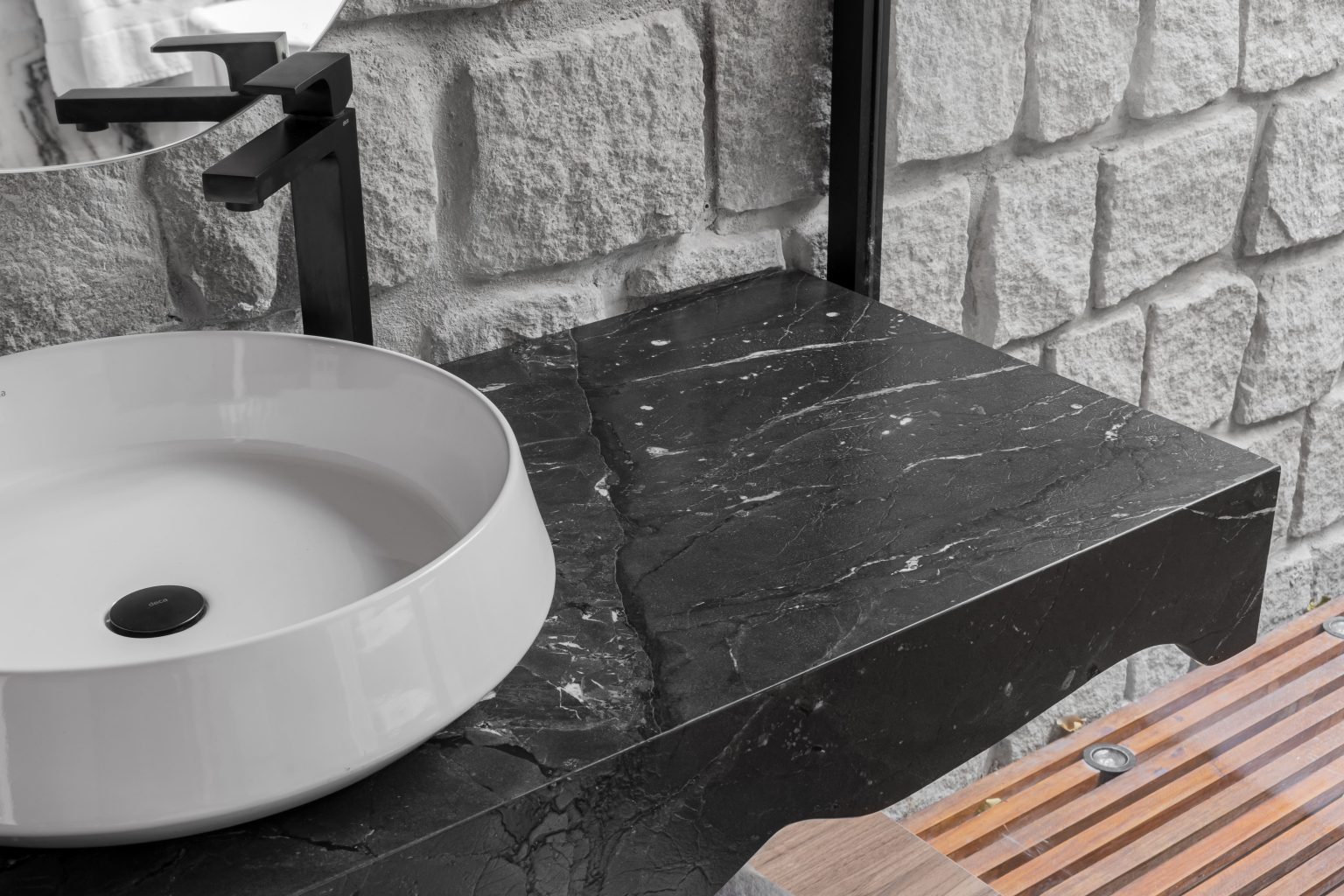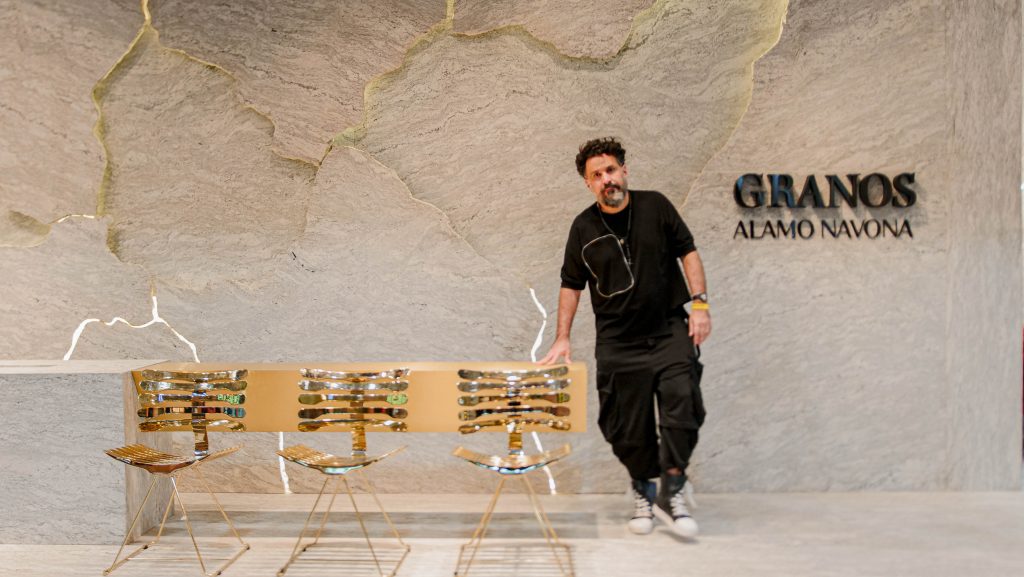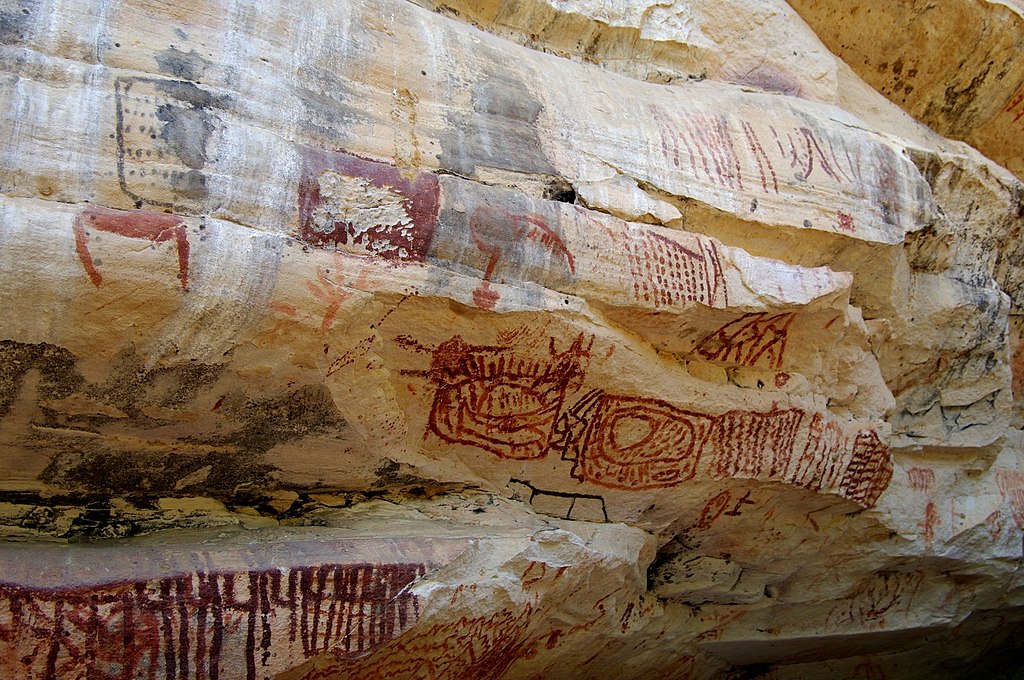I want to choose a natural stone for my project. What should I do?
Here’s a topic that could fill pages and pages, but we are going to summarize it. It is important to choose a natural stone not only considering the environment or type of stone, but also its use, the people who will interact with it, the purpose of the application, and the project.
To begin with, a tip that inspires our everyday speech: “there is no such thing as a bad stone, but there is the choice of the wrong stone for the wrong application.” And I’ll add: there’s also the wrong moment.
When we think of stones as coverings, they are “skins” covering surfaces that can be less or more used. Every stone has an absorption potential, a type of mechanical resistance to scratches and efforts, and mineralogy, which is the set of minerals that form it.
Thinking about these points associated with the demands of a project is what will make the beauty of a stone last longer in an ambient. More and more people want to “live their projects as everyday experiences”, without limitations or worries when playing with a child, with a pet, cooking, having friends and family over, etc.
Natural stones are the best option for coverings, but it is necessary to be aware of certain issues, such as really looking for the right stone for the right place and for the right time in the life of those who are going to use it.
With that in mind, I present here elements that can guide the ideal choice for your project, in addition to inspiring architects even more. Shall we check them out?
The Aesthetics
First step: it must communicate with the whole.
So we needed stones with more current aspects for contemporary projects, which would support all these new trends. This is the moment when quartzites appear, as they are stones with high resistance and multiple aesthetic appeals.
In this context, stones such as Perla Santana, Montreal, Frassino, Berrini, Kouros, Magma, and Pantanal Leathered have gained space and been consolidated in multiple projects. .https://granos.com.br/portfolio/
Here comes an important observation: QUARTZ IS A MINERAL, which by concept is “a solid and crystalline NATURAL body resulting from physical-chemical processes. It is a natural, inorganic, homogeneous solid of defined chemical composition, with a crystalline structure. A stone is a natural aggregate of minerals (usually two or more), in definite proportions and that occurs to a considerable extent.” Its presence in stones is not an exclusive determinant of strength, but it is a great indicator that the stone is of high quality, and the more quartz, the more resistance, and likely less absorption.
An important point to consider is that the word quartzite is very popular nowadays, quartzites such as Perla Santana for example are almost unanimous when it comes to meeting aesthetics without compromising use. But several other stones are excellent options both aesthetically and structurally for any application, such as metabreccias, sandy quartzites, cataclasites, and trachytes, among others, and each one within its particularities requires less or more care, but this is a topic for another text.
These stones, in addition to the classic and timeless beauty, can fit any style, can have their surfaces worked by techniques that leave them polished / cut, matte, and textured, and can go beyond even the obvious applications, composing pieces that can be considered almost facilities.
In addition, new surface treatments were developed that allowed a reinterpretation of our Brazilian granites, especially those from the northeast of the country, which have a high amount of quartz in their formation that gives them high resistance and low absorption. Not at the same level as quartzites, after all, a quartzite such as Perla Santana has an average of 95% quartz, and a high-performance granite, such as White Alpha, reaches 35% quartz, which is much more than the granites from the southeast of the country, that have an average of 15% quartz.
The synthetic surfaces that use quartz in their formation ARE NOT EVEN NATURAL, they cannot be treated like stones and they appropriate the word “quartz” in an attempt to give an industrialized product a sensation of naturalness and resistance.
The Surface Treatment
Surface treatments are undoubtedly super trending, as monolithic structures are increasingly in vogue in architecture and decoration, bringing a uniform, strong and modern look to any place. They allow this because of the characteristics they give to the stones in different types of stress and the techniques applied to create textures, taking the stone beyond the sense of sight and giving it a tactile, depth sense.
Whenever the choice is a stone with a differentiated surface, the waterproofing must be very well evaluated, and it may be necessary to waterproof until the stone is saturated, and care must be taken with the risk of anchoring, which can cause dirt to enter the points lower surface of the stone and to not be removed correctly, creating an appearance of “dirty and stained stone”.
For surface treatments, we can mention the following, which will vary in terms of brightness, roughness, asperity, and anchoring potential (these last ones make up the stone texture).

Our best examples today for this are stones like Alpha Matte, Alamo Matte, Rough Orion, Frassino Matte, Meruoca Sand, and Alamo Navona, among others.
We can confidently say that all these stones can be used in any application. With a warning: any stone has a percentage, no matter how small, of absorption, so the time is gone when it was believed that a stone, just for being a stone, was resistant to anything. Of course, there are the best-performing ones such as crystalline quartzites, but the recommendations for all the stones are the same:
Require the material to be waterproofed by the marble manufacturer;
Inform your client that it is not because it is a stone that we can leave wine, for example or olive oil on top of it for days, and nothing will happen. Some stones have very low stain resistance because of their high percentage of absorption and porosity. For a crystalline quartzite like Perla Santana, for example, we have tests from the IPT – Institute of Technological Research from the University of São Paulo (USP), with up to 96 hours of exposure to chemical products without alterations, but this is not a rule, so the ideal is not to abuse.
Areas with a high demand for mechanical scratch resistance, such as a kitchen sink, where something is occasionally cut on top without the constant worry of having a cutting board, need to be resistant. The recommendation is to always start with silicate stones, such as granites, crystalline quartzites, sandy quartzites, cataclasites, etc.
Acid resistance is essential for stones that are going to be used in kitchens, since almost everything that is manipulated there, such as wines, tomatoes, and olive oil, has a level of acidity. Many times the stones may not even stain, but they can “burn”, a word used when the stone’s shine is attacked, generating a roughness that will make the stone take on a “dirty” aspect over time.
The space and the applications
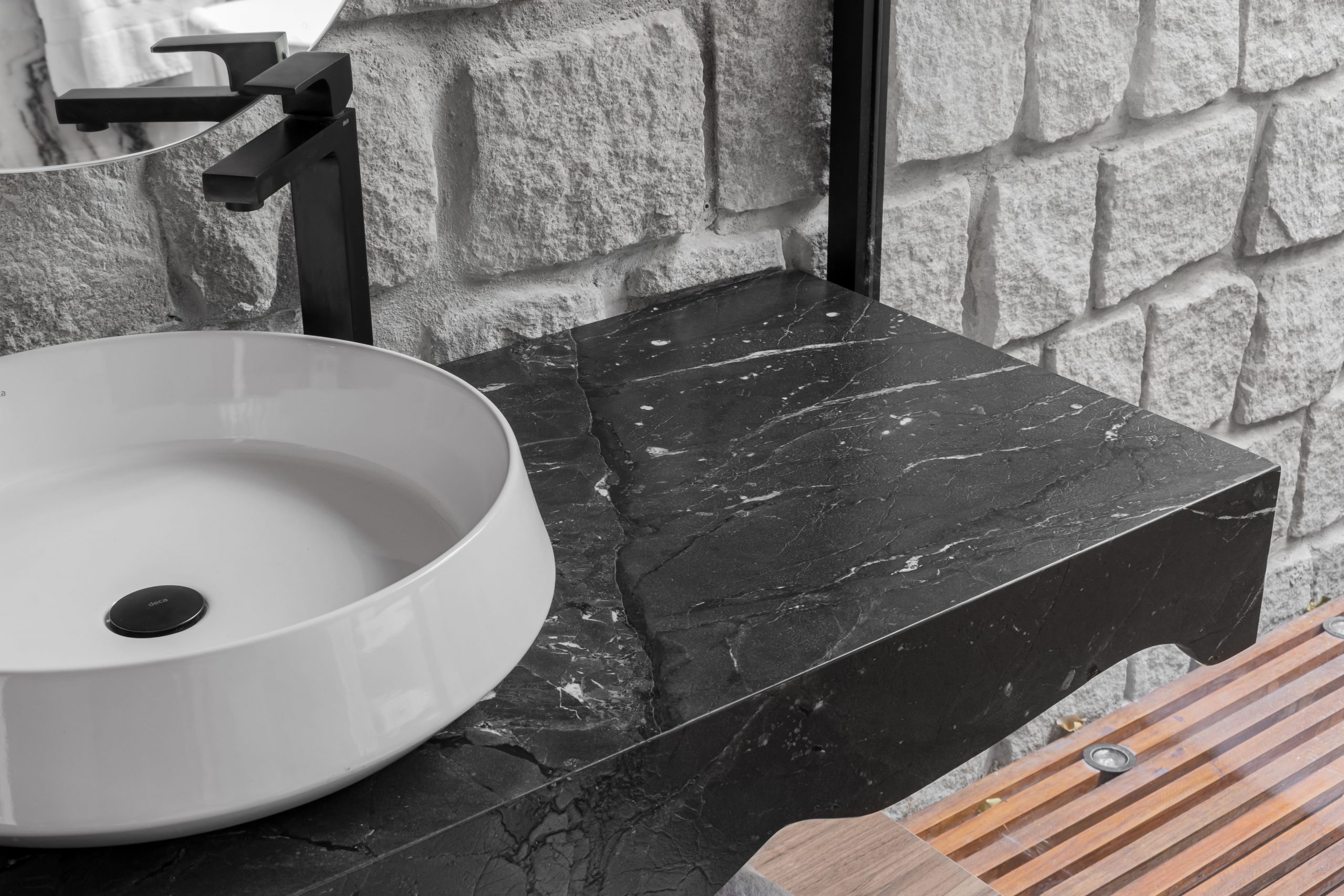
Before choosing the stone for the space, find out the style of the project.
How does your client imagine the place you are going to design? Illuminated? Intimate? Wide? Modern? Classic? Integrated? For constant or occasional use? With or without a flow of people? These are some points that should be considered when hiring a project.
In this context, the stone can be the “baseline”, if it includes floors and walls, or just compose the space if it only is used on countertops and tables.
The most important thing is to ask yourself: to what adverse conditions will this stone be exposed within the space?
Having clarity of this answer serves as a filter, pointing out the changes that the client supports to observe in their stones as a “price” to pay for their use. Here are some applications that deserve special attention concerning this topic, with the look of those who want a project that will provide comfort and usability.

It is worth keeping in mind that elements that gained a lot of strength within homes and work environments, especially after the pandemic period, were the Japanese philosophy of wabi-sabi and biophilia.
Wabi-sabi makes us reflect on the perfection of imperfection and, with that, see a wine stain on the table not as a simple stain, but as the memory of an amazing night with loved ones and that at some point wine was spilled, for example. Or a child’s first meal that left a small mark on the corner of a floor. Yes, in theory, a beautiful reflection, but it is necessary to understand if your client is prepared to experience all this on a daily basis. Whatever their preference is, here’s a tip: choose the stone well according to the coverings.
Biophilia, on the other hand, brings nature closer to people and brings life closer. And where there is life, there is beauty, transformations, interactions, and of course: organic matter, small animals, and, consequently, stains, scratches, etc.
Today, on the market, the most resistant stones to all these situations are crystalline quartzites and similar stones in terms of hardness and resistance.
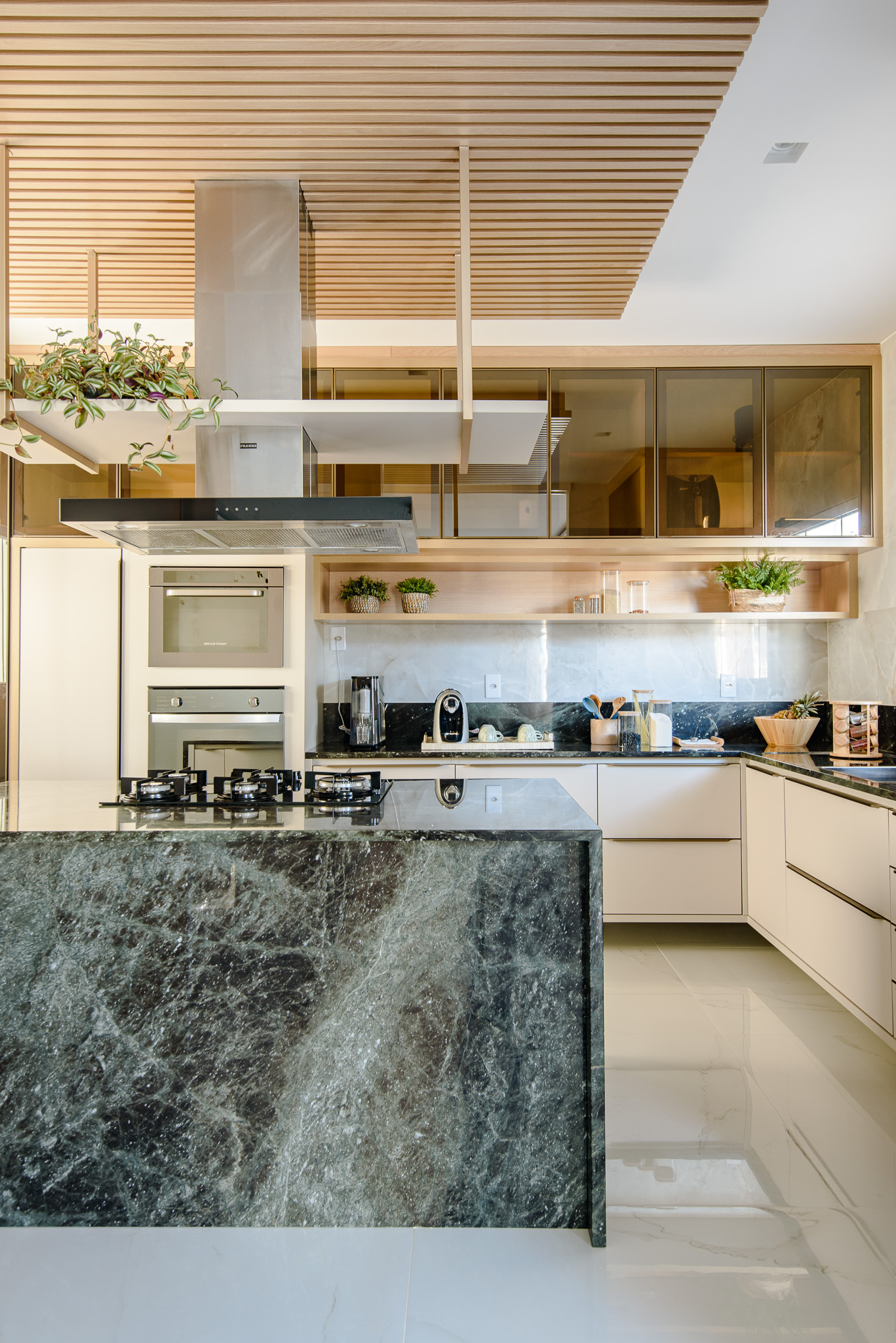
Allied to all this, we have a turning point in the question of “who serves whom”. In architecture and design, as well as in fashion, more and more people want something that aesthetically meets what they want but also has a purpose, usability.
For example: what’s the point of having a sophisticated and elegant stone floor without thinking about the pet, which can drool or even pee and damage the floor? Or on having a beautiful gourmet area for special moments with special people and worrying about whether you’re going to drip wine or spill olive oil?
Being beautiful, but untouchable or inaccessible inside the house where you live or the office where you work has a very high cost, it can cost your quality of life.
The users
In the end, they are the ones who rule the game!
Knowing the routine of those who will live or interact with the environment is essential for the success of any project.
Once a friend came to me asking for an indication of a stone for the countertop of his gourmet balcony, he is a chef as a hobby and always receives friends on Friday nights, he cooks, enjoys the moment, and at the end, closes the balcony and the maid cleans it on Monday. With this in mind, I had no doubt that the stone had to be a crystalline quartzite.
There are different types of people when it comes mainly to the “intimacy” of their home because there is where people can be who they are, without judgments or restrictions, with the freedom to always do what they want, without judgments, after all, they are at home.
For many years, the stones that were available on the market were the ones susceptible to stains, scratches, loss of shine due to wear or contact with acidic elements for the most diverse reasons: children, pets, mistakes when cleaning, dragging chairs, spilled drinks, playing indoors or even having a juice sitting on the floor of the house.
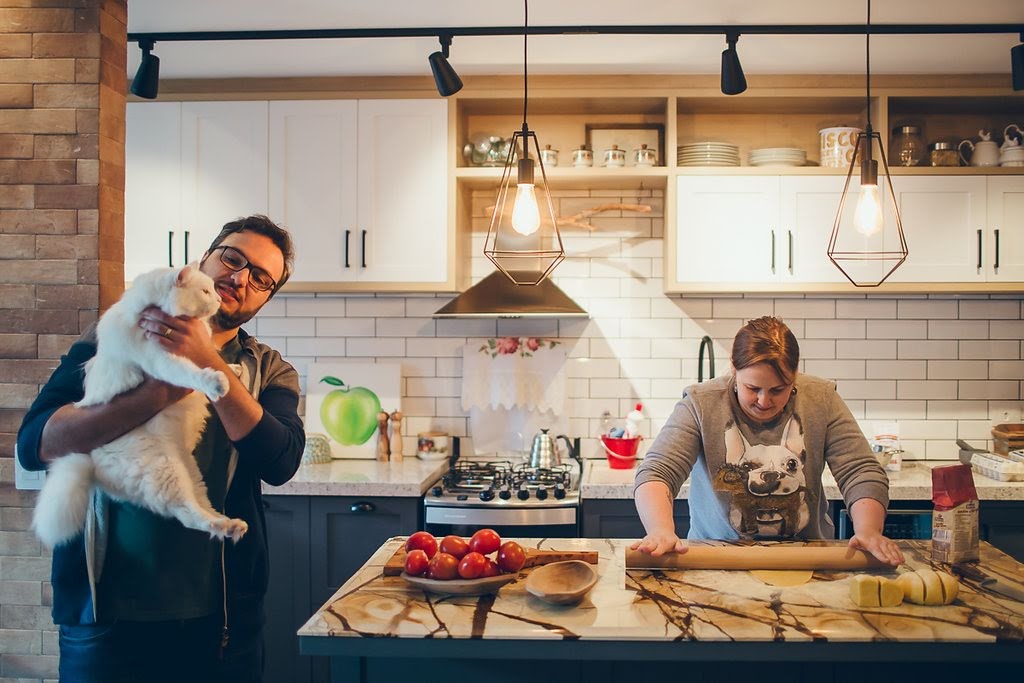
The solutions for this were:
a) To accept living with the stains, the scratches, the dirty aspect;
b) To restrict the use by not having pets or not allowing children to play indoors;
c) To repolish every two years (when I first heard this, I got shocked, imagining a family giving the house a license to be repolished from time to time and paying dearly for it);
d) To replace floors and countertops because of these signs of time and use;
e) To move house, giving up the place for good, we’ve seen this a lot around here, someone who gave up trying to save the place and simply moved out;
f) To give up on natural stones, the greatest of sins, giving up having nature under your feet or in your daily life because of a disappointment after choosing the wrong stone.
Nowadays, however, all this can be avoided, as we have in Brazil a wide range of natural and genuinely Brazilian stones for coverings that meet any project allowing the user to live “with life” in their space. Quartzites and similar stones have made this possible for people, whether it’s on a kitchen countertop, dining table, bathroom coverings, or flooring in a house. Freedom of use and freedom not to be a slave to a bad choice.
Now that you already know the best option for you, trust Granos to help you choose. Contact us using WhatsApp. CLICK HERE

